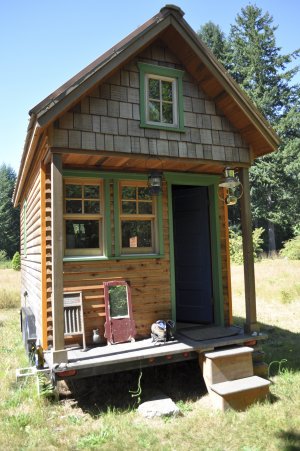Stress isn't just annoying—it can actually shorten your life and lead to serious diseases. For example, stress and obesity go hand in hand. Study after study has shown that the more stressors a person has (assuming they don’t address them), the more excess weight they’ll carry. With obesity comes a higher risk for diabetes, cardiovascular disease, cancer and of course the emotional trauma of low self esteem.
The good news is that stress can be beat, and you don’t need to give up your job and all worldly possessions to make it happen. Here’s the trick: The best stress beater is the one that works for you. For some people it’s meditation, while for others it’s regular 15-minute walks throughout the day. Keep sampling the options until you find your stress beating cocktail. Here are a few ideas to get started:
1. Get enough sleep
It sounds so easy, yet it’s challenging for many Americans. Everyone has a different “right” amount of sleep, although the average is eight hours. You should be able to wake up naturally without an alarm. Go to bed earlier, practice good sleep hygiene, and prioritize it just like you do a healthy diet.
2. Work out
Exercise is the number one stress beater for a reason. However, you don’t need to do a certain type of workout at a certain type. Work out when it’s best for your preferences and/or schedule. Choose an eclectic mix that includes cardio, strength training and flexibility training. Check out a dance class, find a lifting partner or take up hiking—all movement is good.
3. Close your eyes
You can do other things during this recharge time such as listen to music or enjoy the sun in your face (with sunscreen, of course). However, simply taking a few minutes to close your eyes and shut out the daily grind can work wonders. Just stop looking at a screen for a couple of minutes and feel refreshed.
4. Start the day with warm lemon water
Warm (not hot) water with fresh squeezed lemon juice is the best way to start each morning. Don’t eat, drink or brush your teeth before doing this for at least 30 minutes after. You can then have your usual cup of coffee or tea, but warm lemon water kickstarts your metabolism, is an antioxidant, clears your complexion and wards off early morning hunger. It’s a healthy start to the day that also reduces stress.
5. Stop multi-tasking
Even though it remains popular on the want list for employers, the vast majority of people can’t actually multi-task. Everything will suffer including your stress levels. Instead, prioritize tasks, learn to say no and ask for help, and don’t try to do it all. Having unreal expectations of yourself is stress-inducing and if you pull it off once, that doesn’t mean you have to keep doing it.
Stress is a killer—literally. However, managing it is in your hands. Prioritize your well-being so that you can do your best for others and yourself.

